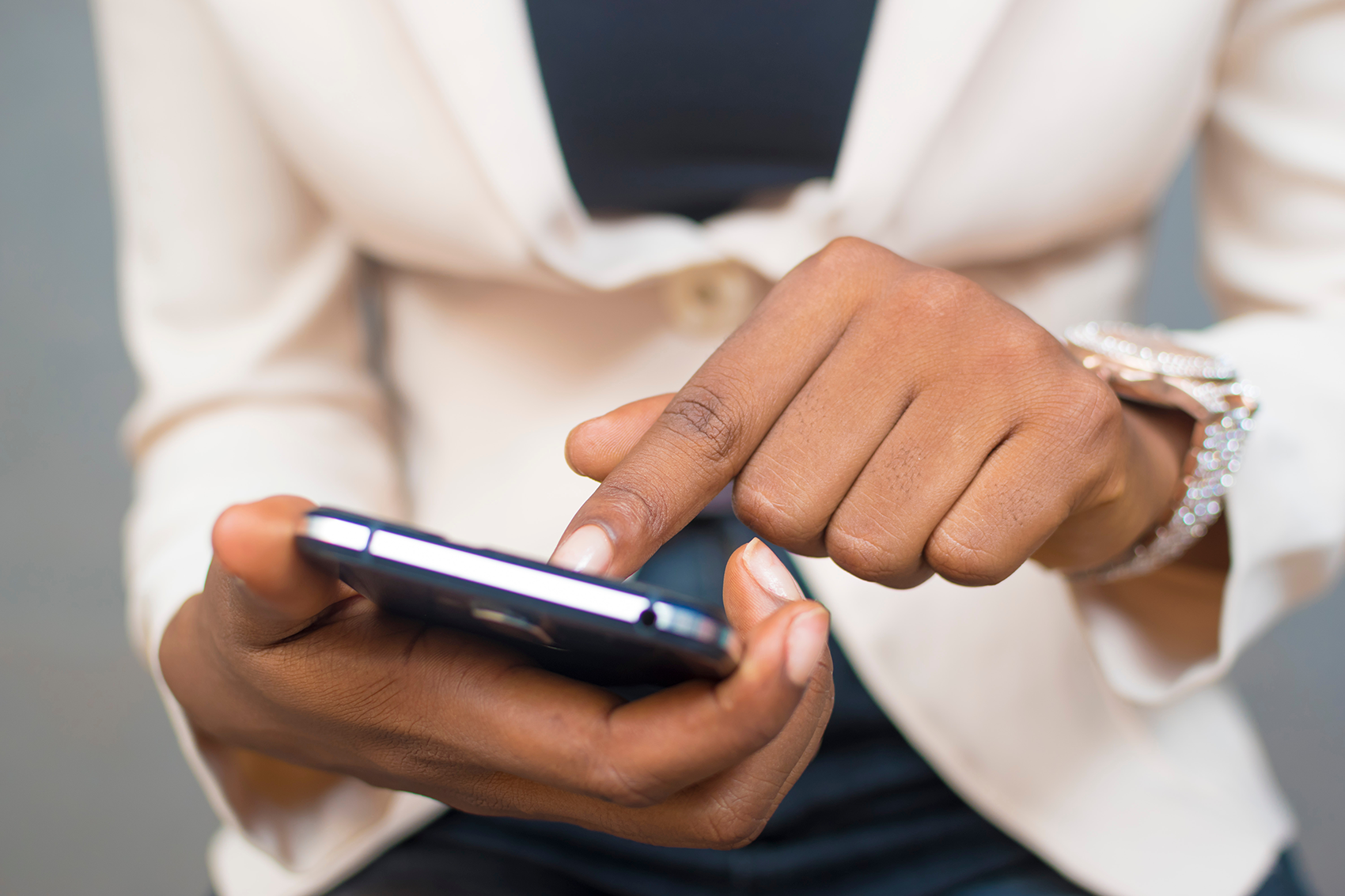Rewind to 2007. It’s June 29th and the first iPhone has just been released. It’s revolutionary. It’s sleek, innovative, and it has a laundry list of groundbreaking features that will change the mobile phone industry forever. You can listen to music, talk on the phone, browse the web, access your email, play games, and watch videos, all on a touchscreen bigger than any other competitor.
Flash back to today. Virtually everybody has a smartphone. If it’s not an iPhone, it’s an Android. Touchscreens are no longer an impressive feature. Now you can watch Netflix in picture-in-picture while you order food delivery and bet on sportsbook apps. You can mine for cryptocurrency while checking bank statements and shopping for clothes. You can post a picture, lock or start your car, and stream podcasts while checking how busy the gym is all from your phone. It’s no wonder screen addiction is at an all-time high and depression rates have skyrocketed.
On an episode of Trending with Timmerie, Timmerie looked at some of the ways we can better manage our phone usage and avoid making ourselves and those around us unhappy.
Timmerie said that while attending a women’s event over the weekend, she listened to a lot of women who brought up issues in their families. The number one issue they mentioned, again and again, was the excessive phone usage of their family members. One woman mentioned that she was struggling for her husband’s attention and was having to compete with his phone. As an example, she said she had been talking to him about her sister who had cancer, and in the middle of the conversation, his phone rang, and he picked it up to see who it was.
The other problems brought up included bad timing of phone usage, extended bathroom visits with the phone, declining work productivity, and mood swings. It’s obvious there is an epidemic and phone usage is at the root of it. So, how do we counter these negative effects? How do we temper our screen time?
Timmerie suggested the following:
1. Put your phone in black and white mode. She said that her phone has been on black and white mode since 2016. Within the first week of turning that on, her hand’s irresistible urge to reach for her phone decreased dramatically. That simple removal of any color besides black, white, and grey reduces the amount of dopamine and satisfaction that your brain gets from phone usage. Therefore, your constant desire to pick it up and see it goes down.

2. Turn off lock screen lift. Lock screen lift is a mode that activates sensors to detect every time you physically raise the phone to look at it. When the sensors detect this, it automatically turns the display on to your lock screen. By turning this mode off, we turn off the desire to “check the time” and thereby check every other notification we might have received.
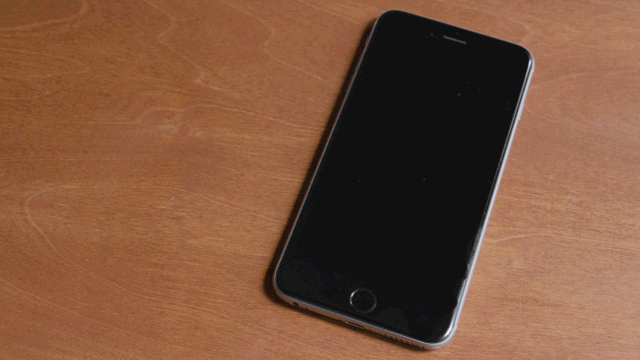
3. Turn off non-essential notifications. By this, Timmerie means to deactivate those unnecessary, time-wasting apps like phone games, Facebook, Instagram, and other social media. This step will quickly reduce how much time you spend scrolling and swiping and tapping into oblivion for hours. She even said to disable email notifications! If you need to be checking email daily, she encourages listeners to schedule a time twice a day for that.
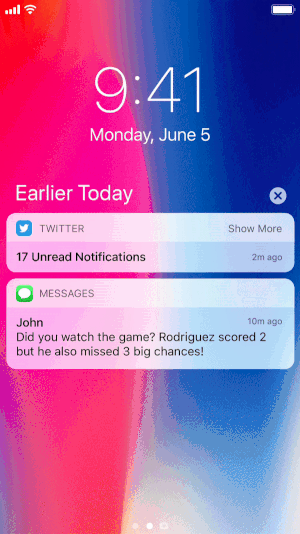
4. Turn off banner notifications. Banner notifications are the alerts that drop down from above while you are actively doing something else on your phone. The reason Timmerie suggests this is because it often leads to app-jumping, procrastination, and unnecessary distractions.
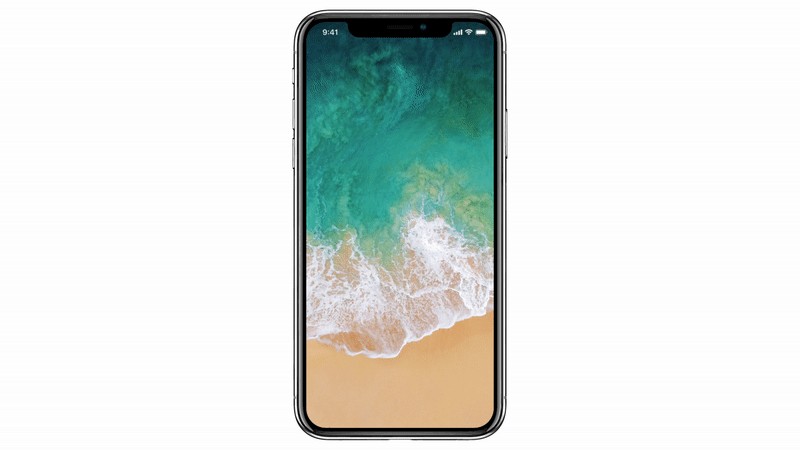
5. Delete trigger apps. Trigger apps are those apps that consistently lead you to waste inordinate amounts of time on your phone. It could be a phone game or Instagram. It could even be a budgeting or finance app! Just get rid of the ones that are non-essential and are doing more harm than good.
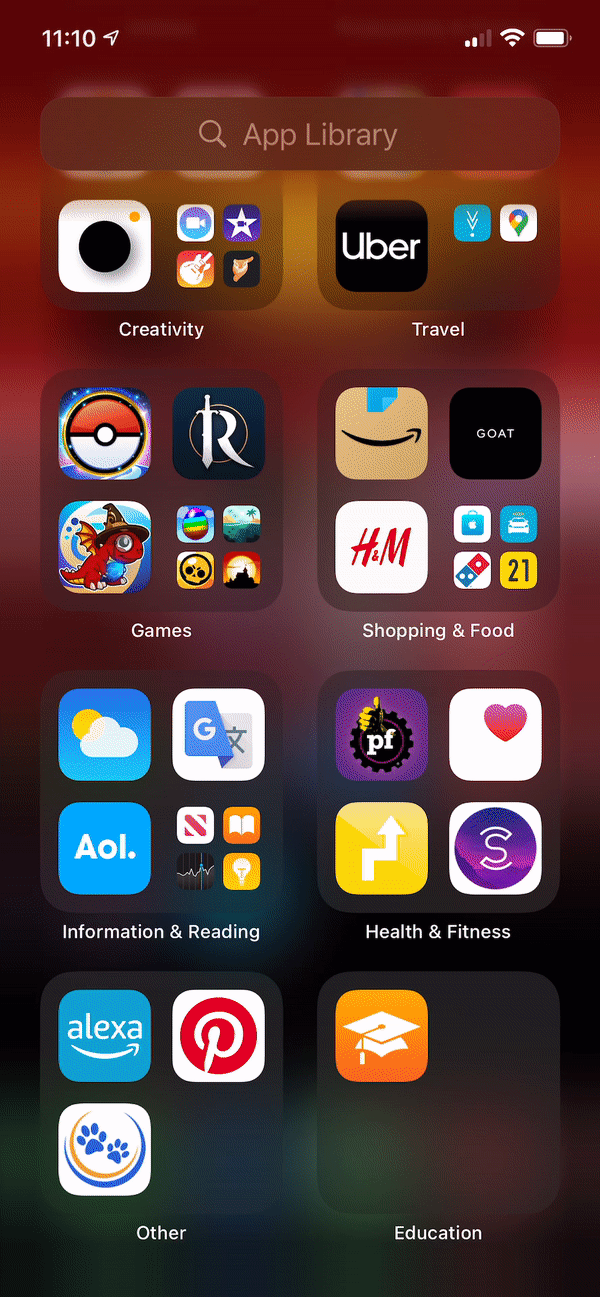
6. Know your triggers. Knowing your triggers means consciously taking stock of what will cause you to spend too much time on your phone and proactively avoiding them. That might mean avoiding downloading certain apps and finding alternative options.
7. Buy a watch. This way, every time you want to know the time, you’ll start looking at your wrist instead of your phone. Even if you don’t think you check the time very often, those few times that you do will be eliminated, along with all the extra time you spend on your phone after checking the clock.

All of these tips are helpful and doing every one would be beneficial, but if it’s too difficult to do all at once, Timmerie suggests picking a few and starting there. You’ll be pleasantly surprised at the positive effect it has on your relationships.
Listen to the whole talk below:
Tune in to Trending with Timmerie weekdays at 6pm CT

